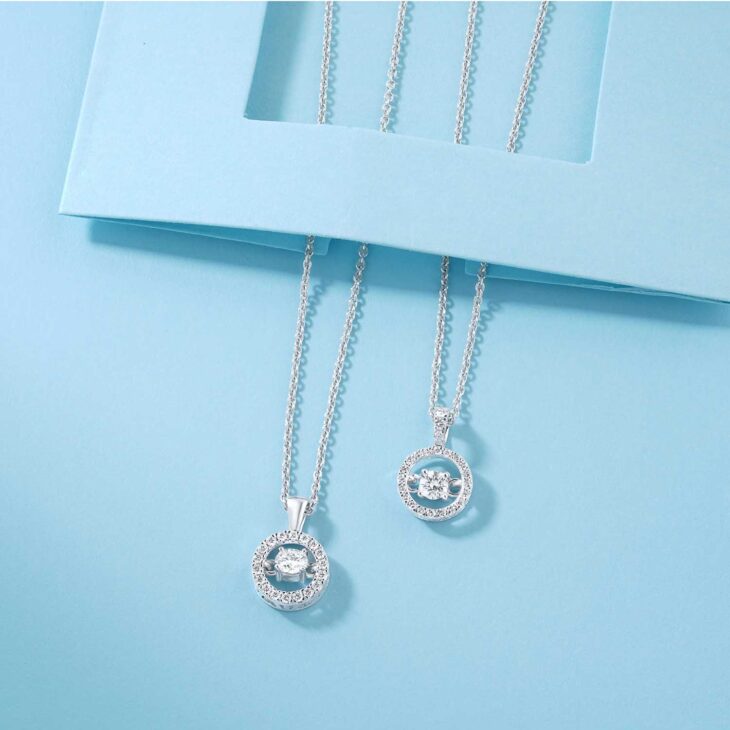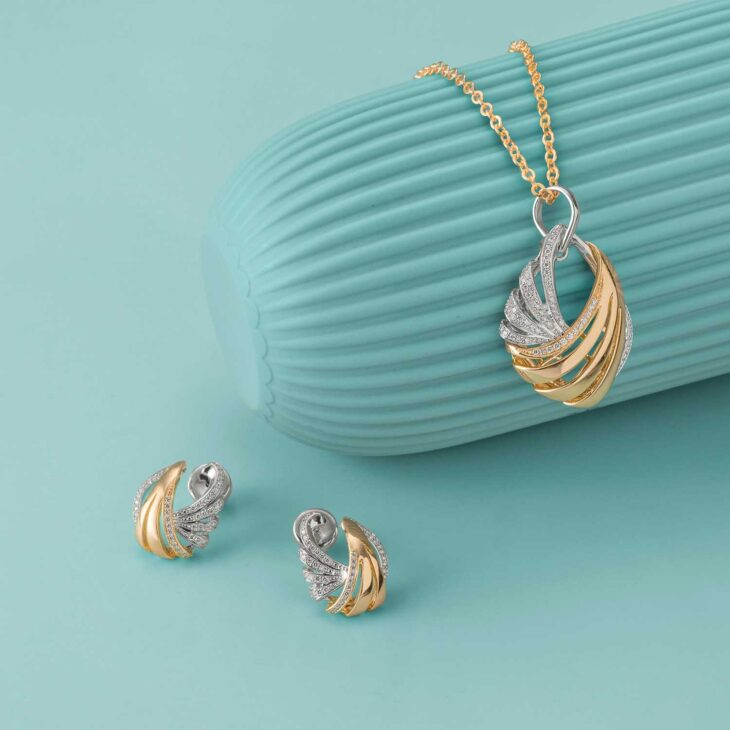
Contrary to the popular notion of diamonds being made from coal, they’re actually two different things: while they’re both carbon structures, diamonds require intense heat and pressure (and a lack of impurities) in order to form.
Earth-mined diamonds do indeed result from a great deal of pressure, heat, and time – between one to 3.3 billion years, to be exact. While there’s a scientific explanation for how diamonds are formed underground, the origins of the diamond earrings on our dresser are far from clear-cut.
As consumers move towards more ethical, sustainable ways of living, there’s greater demand for clarity surrounding the production and distribution of earth-mined diamonds. Currently, they remain a popular choice, but with sustainable diamonds offering a viable alternative, will they lose their sparkle with consumers?
The Formation of an Empire
Until the mid-1800s, diamonds were only available to the wealthy, but when the diamond rush of the 19th century sent South African gems flooding into the market, ubiquity quashed their VIP status. Enter Cecil Rhodes, an English entrepreneur who saw an opportunity to bring diamonds to the masses.
It was his successor, rival diamond producer Ernest Oppenheimer who would go on to coin the brand’s famous slogan “a diamond is forever” in 1947, sparking a trend for diamond engagement rings that has stood the test of time.
Mining for Information
When the popular De Beers campaign brought diamonds to the masses, their consumer base was largely unaware of the processes involved in diamond mine production and the worrying information related to human rights and environmental violations in mines the world over.
Information sharing has long been a major component of sales transactions. For the customer, knowing how a product is likely to solve their “pain point” is key, while for those in the business of selling, collating consumer information enables businesses to optimize their marketing strategies for their target audience.
At one point, this was enough, but as of the early 90s, Tim Berners Lee’s vision of a “common information space”– the internet – also began to take shape, offering consumers a wealth of educational resources at their disposal, leading to further inquiry about the products they were buying.

Digging for the Truth
Decades after the savvy marketing campaigns that first caught the eyes of the general public, a new generation of consumers came to discover an influx of information that precipitated a greater desire to make more informed choices surrounding lifestyle and consumer habits.
Today, diamond mines exist in around 25 countries on every single continent except Antarctica and Europe, some of which have been places of conflict. Yet even in places where civil war has subsided, violence in diamond mines persists in the form of physical harm and the forced labor of children as young as five, frequently in unsafe conditions without safety training, protective equipment, or appropriate tools.
The exploitative practices that continue to take place in these mines extend to how these workers are paid, which is very little: an estimated one million African diamond miners earn the equivalent of less than a dollar per day; an unlivable wage that keeps families and their communities well below the poverty line.
Costing the Earth
As a result of inadequate planning and regulations, diamond mining has also resulted in environmental damage so severe, it can be seen from space: in 2013, the Landsat 8 satellite captured an image of the now defunct Mirny mine measuring 1,722 feet (525 meters) deep, and 3,900 feet (1.25 kilometers) across.
Like the people of Mirny (a Siberian “monotown” dominated by a single industry), many diamond mining communities around the world are also beset with economic, health, and environmental issues. While the chemicals used in diamond production have impacted the health of mining communities, in some cases soil erosion and deforestation have affected local ecosystems, forcing them to leave altogether.
A Flawed Process
While organizations like CRED are striving to change things, certified Fair Trade diamonds and gems do not yet exist. Others, namely The Kimberley Process, have been less than forthcoming regarding the traceability of supply chains, labeling gems as “conflict-free” if they aren’t used to finance anti-government wars while disregarding other concerns like human rights and environmental issues.
Further differences can be found in the use of terms like ethical diamonds – gems that do not fund conflict, sourced from mines with safe working conditions and fairly paid workers – but the most ethical choice remains diamonds that are not sourced from mines, such as recycled and carbon-negative diamonds made from the carbon in the atmosphere and converted into diamonds.

To the Laboratory
A third alternative comes in the form of lab-grown diamonds. Starting with a crystal “seed” placed inside a high-pressure, high-heat HPHT plasma reactor, lab-grown diamonds develop in a matter of weeks, not centuries. Despite their futuristic connotations, lab-grown diamonds have existed for decades, as the first gems were created in 1954 by scientists at General Electric.
Despite being barely indistinguishable from mined diamonds, lab diamonds have received a mixed reception: to manufacturers of earth-mined diamonds, they were initially viewed as a threat, although many are now selling lab-grown gems themselves.
In consumer terms, lab diamonds have been embraced by the younger market for their affordability and relative eco-friendliness, while others have reservations. In a Bain report, the opinions of 1,500 US consumers were added to a word cloud predominantly consisting of terms like “fake” and “artificial”.
Forever Changes
Despite continued success, mined diamonds won’t be around forever. Deposits have dwindled, and no new significant ones have been unearthed in over three decades. While there have been attempts to lure more customers to buy “the real thing”, even the savviest of campaigns begins to lose its luster.
Lab diamonds are real, but they present a case for doing things differently. Where once supply exceeded demand, it seems fitting that the opposite now applies to lab diamonds forged not over billions of years, but over the course of a week. In an era of rapid change and innovation, creating a desirable product in a more ethical way, at scale, is a positive development.



















